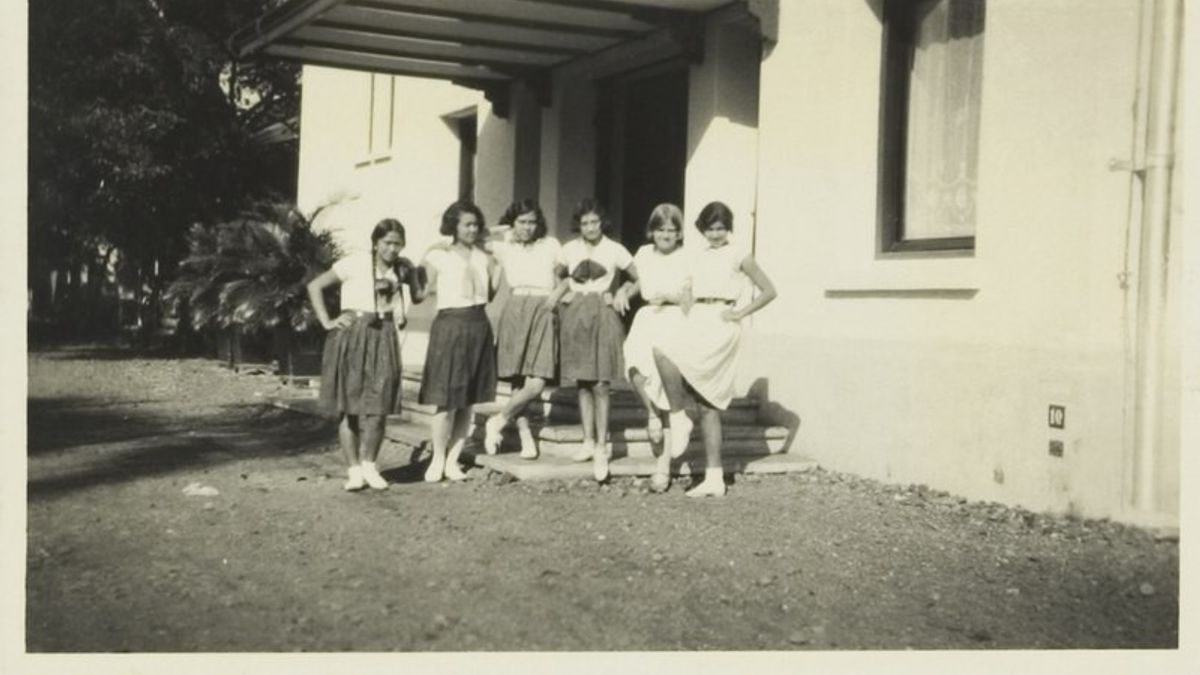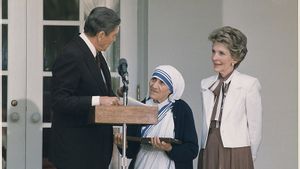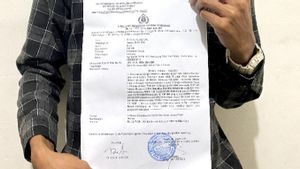JAKARTA - The colonial government of the Dutch East Indies never imposed any parks. The owner of realizing the beauty of the garden is a form of long-term investment. The garden alias must be arranged and maintained so that it is beautiful. Banteng Field Park, for example.
A park that has been named many times is like a rendezvous location for young Batavians. From being in love to looking for a mate. Music concerts and military exercises are anticipated entertainment. Therefore, those who come often aim to show off style.
Long ago, the area around Batavia (now: Jakarta) was still a wilderness. The threat of beasts is everywhere. Even sometimes the threat of wild animals is more frightening than the evil bandits. However, not everyone in Batavia was afraid.
Some of them actually have the idea to perpetuate the hobby of hunting. The hunt was carried out in groups. They hunt all kinds of animals. Certainly not just any animal. Hunted animals are dominated by deer, pigs, forests, tigers, to bulls.
Hunting is often done in Pavilljoen Field (the forerunner of Banteng Field). The field takes its name from its landlord, Anthonie Paviljoen. Those who hunt are quite entertained and challenged. The diversity of game animals is the estuary.

Those who hunt always make big profits. Even if they have to pay a 10 percent tax to the owner for each game. However, along with massive land clearing, the field that was originally a hunting ground began to beautify itself. The field became a place to unwind from the fatigue of the citizens of Batavia.
Mainly, when the Governor General of the Dutch East Indies, Herman Willem Daendels moved the center of government in 1808. From Oud Batavia (old Batavia) to the Weltevreden area (the area around the Banteng Square).
“The oldest record mentions that the field in 1623 was owned by Anthonie Paviljoen Sr. The field is west of the Ciliwung River and is mostly swampy. At the end of the 18th century, the field, which had changed hands several times, was purchased by the government for the French army barracks from Mauritius which were seconded to Batavia. Then after the occupants changed frequently, the field was called Paradeplaats or Parade Field.”
“Around it became an army dormitory which extended to Taman Pejambon and Taman du Bus behind the current Ministry of Finance. On the south side, in what is now Hotel Borobudur there are seven army dormitories. Behind him were seven more dormitories. The other three sides of the field are housing officers," said Siswadhi in the book Ketoprak Betawi (2000).
Showing Style at the Bull SquareThe Dutch East Indies colonial government began to beautify the park. The park was then known by many names. Some call it Parade Field, Waterlooplein, Lion Field, to Banteng Field. The calm atmosphere and fresh air made people in Batavia flock to Lapangan Banteng.
The peak of the crowd from Lapangan Banteng occurred in the mid-19th century. The field has always been known as the rendezvous or the gathering center for young Batavians. The momentum was used by them to show style.
Young people who come to Lapangan Banteng often wear their best suits. Especially on Thursday nights and Sunday nights. The two days were the most eagerly awaited by young people. all because the Batavia garrison music corps held a good music concert.
Those who enjoyed the spectacle used to sit on horse-drawn carriages. Like showing off wealth. While the men sat around the orchestra smoking cigars. However, this does not mean that Lapangan Banteng is only a monopoly of the elite.

Everyone, regardless of social status and race, can come to Lapangan Banteng. The natives especially. Everyone had fun while getting some fresh air. The existence of Lapangan Banteng as a hangout center for young people has lasted a long time. In fact, until the 1920s.
“The musicians stood in a big circle in the middle of the grass field. In front of them, each had a place to read the notation. Around them were crammed with soldiers, lowly officers, and a few lieutenants in white clothes. The sailors wore special uniforms in their sunny and beautiful tropical setting, natives, female soldiers, some Chinese, young and slender Indo noni-noni, and beautiful Indo-European girls. Everyone was at the party."
“Some valiant men show off their horse-riding skills. Eight horse carriages with beautifully dressed European women in them slowly passed by. Our soldiers are easily recognizable by their fresh, rosy cheeks. They really attract the attention of beautiful young girls and some of the ladies laugh kindly at them,” said HCC Clockener Brousson in his book Batavia Early 20th Century (2017).
The English, Chinese, Japanese, Arabic, and French versions are automatically generated by the AI. So there may still be inaccuracies in translating, please always see Indonesian as our main language. (system supported by DigitalSiber.id)









